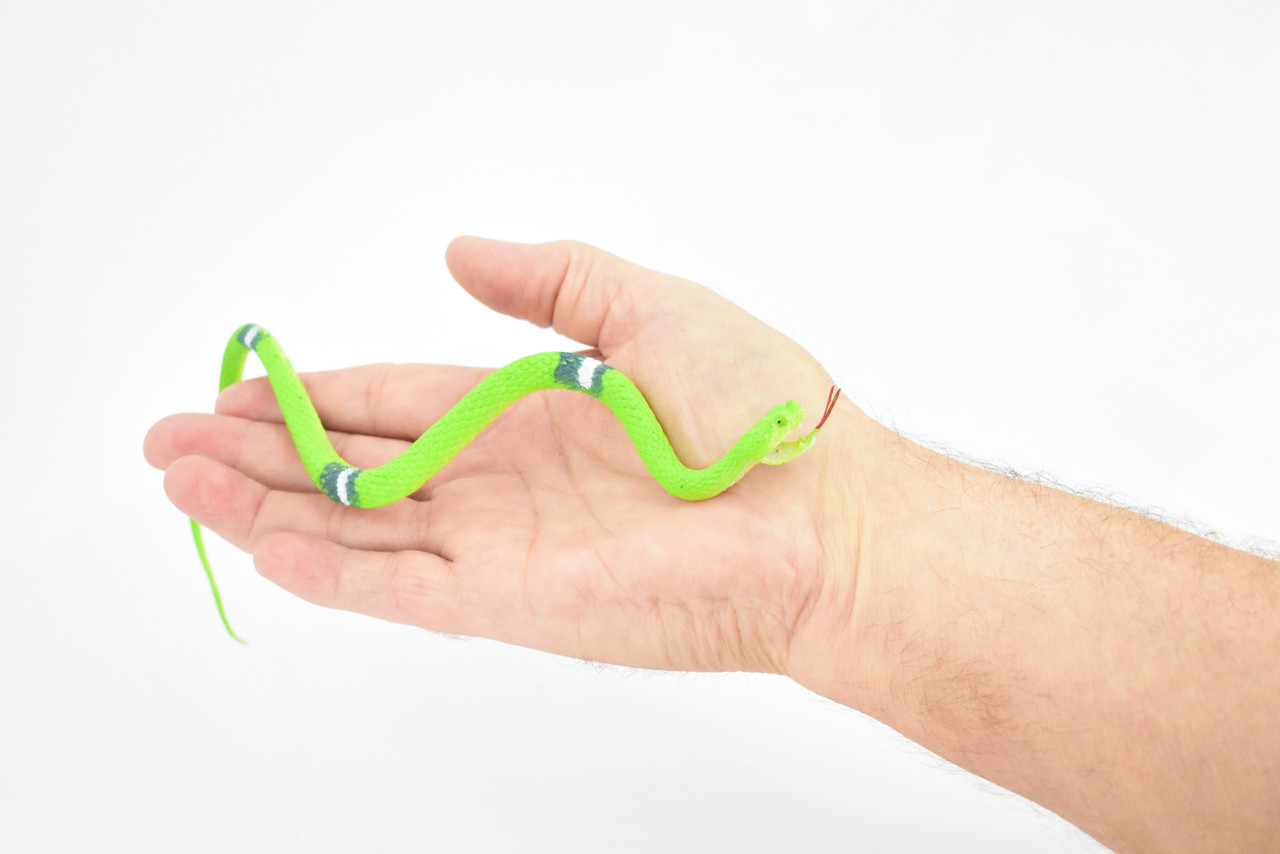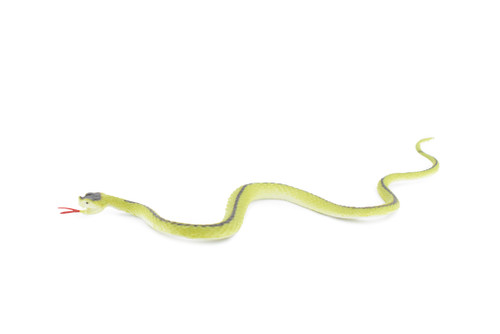Product Description
The fossil record of snakes is relatively poor because snake skeletons are typically small and fragile making fossilization uncommon. Fossils readily identifiable as snakes (though often retaining hind limbs) first appear in the fossil record during the Cretaceous period. The earliest known true snake fossils (members of the crown group Serpentes) come from the marine simoliophiids, the oldest of which is the Late Cretaceous (Cenomanian age) Haasiophis terrasanctus, dated to between 112 and 94 million years old.
Based on comparative anatomy, there is consensus that snakes descended from lizards. Pythons and boas—primitive groups among modern snakes—have vestigial hind limbs: tiny, clawed digits known as anal spurs, which are used to grasp during mating. The families Leptotyphlopidae and Typhlopidae also possess remnants of the pelvic girdle, appearing as horny projections when visible.
Front limbs are nonexistent in all known snakes. This is caused by the evolution of their Hox genes, controlling limb morphogenesis. The axial skeleton of the snakes' common ancestor, like most other tetrapods, had regional specializations consisting of cervical (neck), thoracic (chest), lumbar (lower back), sacral (pelvic), and caudal (tail) vertebrae. Early in snake evolution, the Hox gene expression in the axial skeleton responsible for the development of the thorax became dominant. As a result, the vertebrae anterior to the hindlimb buds (when present) all have the same thoracic-like identity (except from the atlas, axis, and 1–3 neck vertebrae). In other words, most of a snake's skeleton is an extremely extended thorax. Ribs are found exclusively on the thoracic vertebrae. Neck, lumbar and pelvic vertebrae are very reduced in number (only 2–10 lumbar and pelvic vertebrae are present), while only a short tail remains of the caudal vertebrae. However, the tail is still long enough to be of important use in many species, and is modified in some aquatic and tree-dwelling species.
Many modern snake groups originated during the Paleocene, alongside the adaptive radiation of mammals following the extinction of (non-avian) dinosaurs. The expansion of grasslands in North America also led to an explosive radiation among snakes.[20] Previously, snakes were a minor component of the North American fauna, but during the Miocene, the number of species and their prevalence increased dramatically with the first appearances of vipers and elapids in North America.
Thanks for visiting Collectible Wildlife Gifts, the leading provider of high-quality, lifelike animal Designs and gifts! We work hard to ensure we have a diverse range of products. Each product is inspected for their quality craftsmanship. Whether you're searching for a great gift or seeking educational designs for displays, we’ve got you covered.
At Collectible Wildlife Gifts, our products appeal to a wide range of customers, including family, friends, and educators. Our products are trusted and used by professional organizations as well including aquariums, zoos, and movie studios.
Our extensive line of products boasts everything from plush sharks to educational animal growth cycles. Our products bring joy to recipients, and serve as valuable educational resources, sparking curiosity and fostering learning.
Discover the wonders of the natural world with Collectible Wildlife Gifts. Browse our collection today!



















